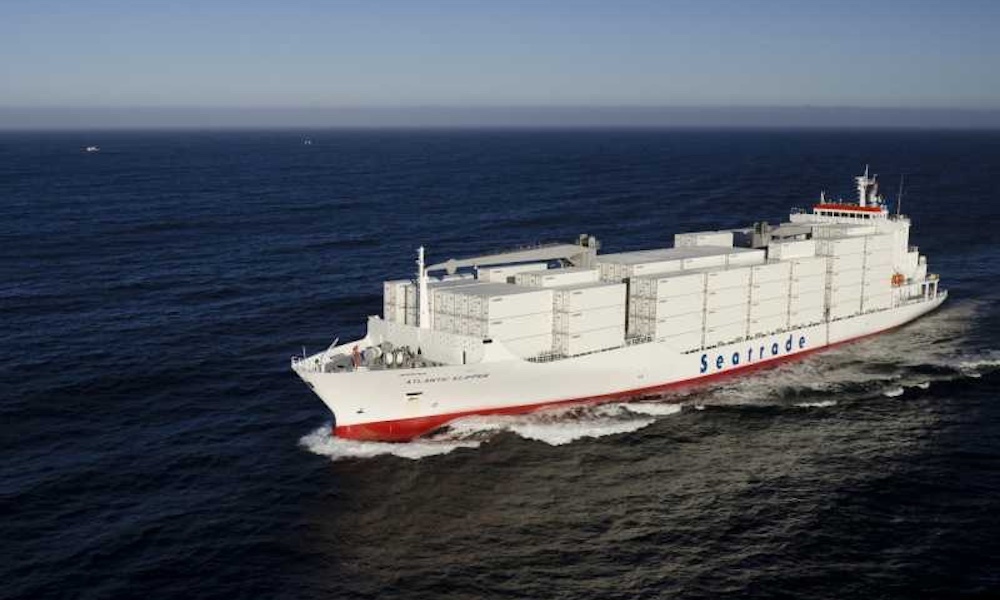By Sam Chambers
Copyright splash247

The reefer sector has the worst Carbon Intensity Indicator (CII) ratings, while boxships currently enjoy having the most vessels within the safe A to C bands, according to new data from VesselsValue.
VesselsValue data shows that around two-thirds of the container fleet today has a CII rating ranging between A to C, while 80% of the ageing reefer fleet is in the D and E danger zone (see chart below).
“The data reveals a sector in transition,” VesselsValue stated in a release. “While market concentration remains high among a few dominant players, the rapid adoption of dual-fuel technology and improving energy efficiency ratings demonstrate the industry’s commitment to meeting global decarbonisation goals. The challenge ahead lies in balancing operational efficiency with environmental responsibility as regulatory frameworks continue to evolve and stakeholder expectations intensify.”
The CII is a rating system for ships that the International Maritime Organization (IMO) developed. This is a mandatory measure under MARPOL Annex VI, which came into force on January 1, 2023. The measure impacts all cargo, ropax and cruise vessels above 5,000 gt and trading internationally.
Within three months after the end of each calendar year, ships are required to report to its flag administration the attained annual operational CII. The CII determines the annual reduction factor needed to continuously improve the ship’s operational carbon intensity within a specific rating level. The actual annual operational CII achieved will need to be documented and verified against the required annual operational CII.
This will then enable the operational carbon intensity rating to be determined on a scale of A, B, C, D or E, indicating a major superior, minor superior, moderate, minor inferior, or inferior performance level. The performance level is then recorded in the ship’s Ship Energy Efficiency Management Plan (SEEMP). A ship rated D or E for three consecutive years will need to submit a corrective action plan to show how the required index rating – C or above – will be obtained.



